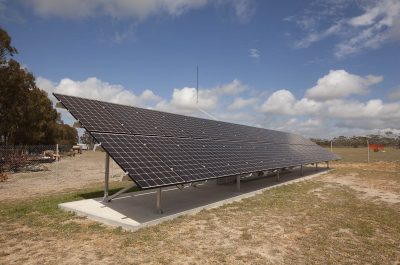A new entrant in Australia’s renewable gas race
A report from the Australian Renewable Energy Agency reveals the bioenergy sector could contribute around $10 billion to Australia’s GDP per annum by the 2030s[1]. This will create more than 26,000 new jobs and will provide benefits to all of Australia. Since 2012 ARENA has provided funding to 38 bioenergy projects amounting to over $131 million, and it is estimated that there are more than 260 operating projects in Australia right now[2]. This is significant progress that will support Australia’s shift to net zero emissions. Unfortunately, to date, all of these projects have either provided on site heat or been used to generate electricity.
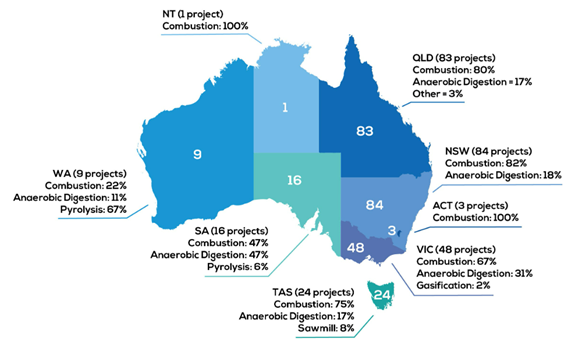
Bioenergy projects by state and technology, as of April 20222.
This is why the Malabar biomethane injection projects is so exciting. It is Australia’s first bioenergy project to inject biomethane into the gas network. Jemena and Sydney Water are taking the first steps to transform Australia’s renewable gas landscape through the Malabar Biomethane Injection Project[3], which is co-funded by Jemena and ARENA.
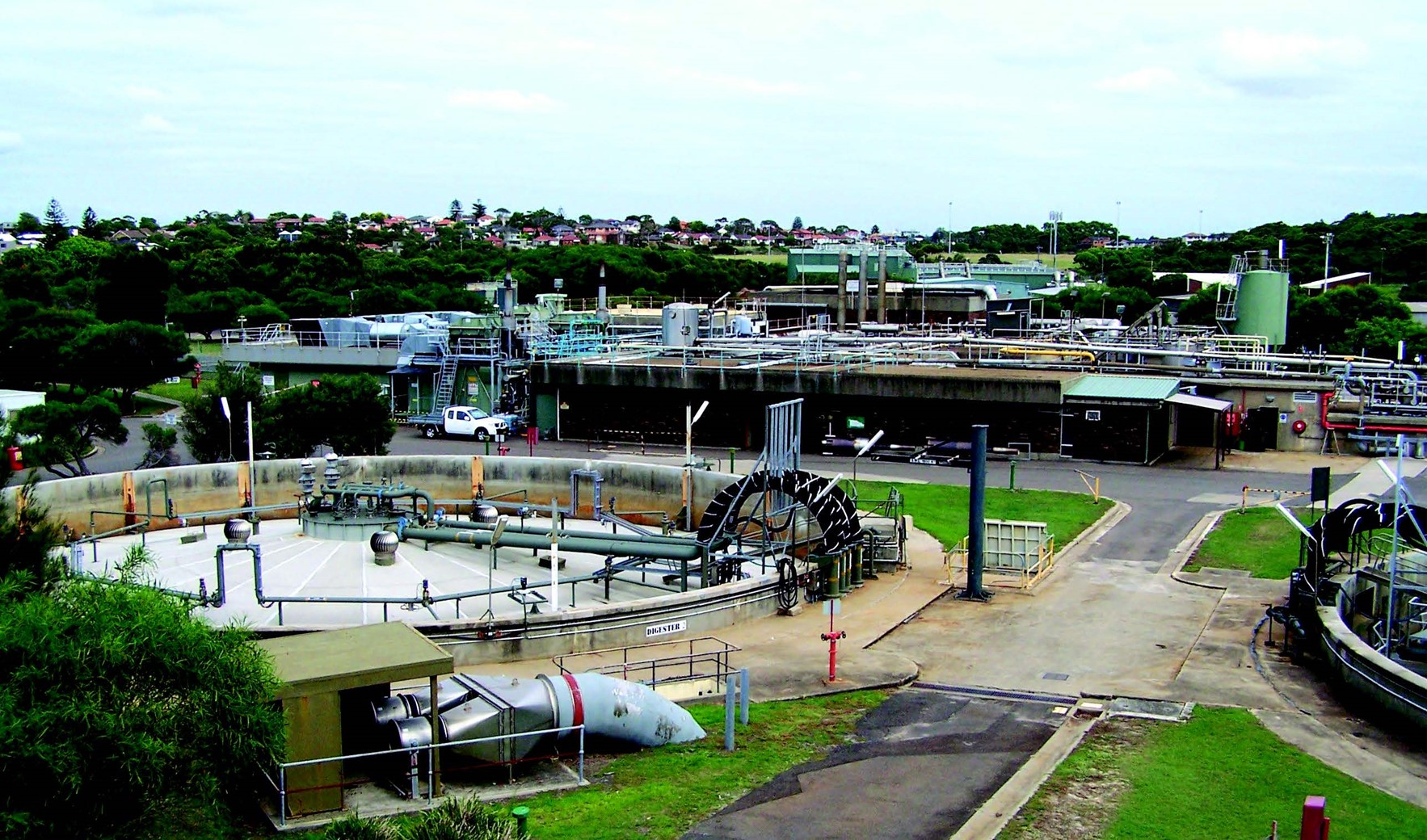
The existing anaerobic digester in the Malabar Wastewater Treatment Plant by Sydney Water.
What exactly is Biomethane? How is it produced?
Biomethane is derived from organic waste or biowaste and transformed into a renewable energy source. It starts with the collection of waste feedstock such as food waste, agricultural residues, and sewage[4]. This waste is fed into a sealed container called an anaerobic digester. Inside the digester, bacteria break down the organic materials from the waste in the absence of oxygen, also known as anaerobic digestion. This produces biogas[5], primarily made up of methane (CH4) and carbon dioxide (CO2) and is stored in a biodome. To convert biogas into valuable energy, impurities including water, CO2 and trace contaminants are removed through an upgrading process. The result is a purified gas with a higher CH4 content, termed biomethane, which must meet the natural gas specifications[6] outlined in the Australian standards. This can then be seamlessly injected into the NSW gas grid. It can then be used in various ways such as heating homes and buildings, cooking, generating electricity..
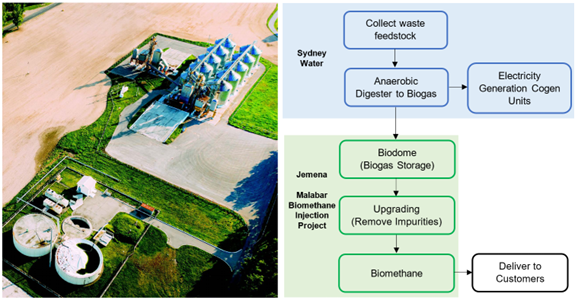
The process to produce biomethane in the Malabar Biomethane Injection Project.
At the heart of the Malabar Biomethane Injection Project lies the biogas buffer storage dome and the upgrader facility[7]. The dome stores the biogas produced from wastewater. This biodome is fireproof, wear and UV-resistant, preventing fast deterioration. The upgrader facility processes raw biogas until the purified gas stream meets the current standard.
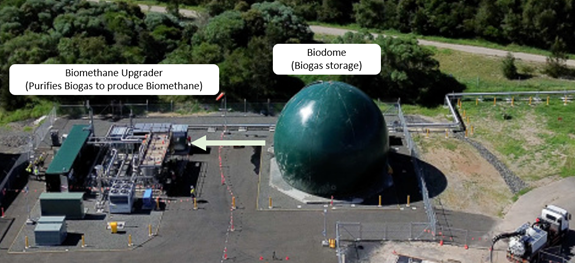
The Malabar Biomethane Injection Project biodome and biomethane upgrader.[8]
How does biomethane boost a circular economy and reduce emissions?
Producing biomethane tackles three environmental challenges at once – waste management, emission reduction, and a renewable energy transition.
Malabar’s Biomethane facility will use wastewater or biowaste to produce biomethane. This will help boost the circular economy and reduce emissions.
The Bioenergy Roadmap showed that waste to landfill could be reduced, waste could provide renewable energy and reduce Australia’s emissions.
|
Divert an extra 6 per cent of waste from landfill1,[9]
|
Wastewater management is an environmental challenge, and biomethane production uses this wastewater biowaste as feedstock. This is an excellent example of waste recovery and reuse as an essential part of the circular economy in waste management.
Also, nutrients like nitrogen and phosphorous are conserved in the material remaining after anaerobic digestion, called digestate[10]. This can then be used as fertilisers and for composting.
 |
Reduce Australia’s emissions by about 9 per cent1 |
Biowaste when sent to landfill emits greenhouse gases. Particularly, methane, which has around 25 times the warming power of carbon dioxide over a 100 years period[11]. By converting biowaste to biomethane, we are capturing methane that would otherwise go into the atmosphere contributing to rapid climate change.
Most importantly, biomethane is a renewable energy that will substantially lower our carbon footprint, instead of using fossil fuels for energy production.
 |
Enhance energy reliability[12] |
Biomethane adds value to the industry and community. This will help improve the ability of Australia’s power system to withstand instability, failures, and unanticipated events.
The Malabar project is an initial step to help Australia realise the potential of using the circular economy to produce biomethane.
What are the next steps for renewable gas?
The Malabar facility will initially produce 95 TJ of biomethane, this is equivalent to the average annual use of 6,300 NSW households. This will be scaled up to 200 TJ per year by 2030.
Biomethane and green hydrogen provide clean energy sources and are collectively called renewable gas. The production and use of renewable gas are already being demonstrated in Adelaide, Canberra, Perth, and Sydney.
It is early days, but by 2030, more renewable gas facilities can be expected to be providing customers with options to decarbonise their homes.
[1] Australian Renewable Energy Agency (ARENA). (2021). Australia’s Bioenergy Roadmap Report. Australian Renewable Energy Agency.
[2] Bioenergy Australia (2022). Bioenergy Project Technology Map. https://www.bioenergyaustralia.org.au/about/bioenergy-project-technology-map/
[3] Australian Renewable Energy Agency (ARENA). (2022). Malabar Biomethane Injection Project—Australian Renewable Energy Agency (ARENA).
[4] Periyasamy, S., Temesgen, T., Karthik, V., Beula Isabel, J., Kavitha, S., Rajesh Banu, J., & Sivashanmugam, P. (2022). Wastewater to biogas recovery. In Clean Energy and Resource Recovery (pp. 301–314). Elsevier.
[5] EDL Energy. (2022). Biomethane fact sheet.
[6] These specifications are outlined in AS4564 – Specification for general-purpose natural gas
[7] Jemena. (2023). Malabar Biomethane Project—Jemena. https://jemena.com.au/about/innovation/renewable-gas/key-projects/malabar-biomethane-project
[8] Jemena and Sydney Water. (2021). Review of Environmental Factors—Malabar Biomethane.
[9] Bachmann, N. (2015). Sustainable biogas production in municipal wastewater treatment plants. Wastewater Treatment.
[10] Veolia Australia and New Zealand. (2022). Biogas From Wastewater Treatment Plants. Veolia Australia and New Zealand.
[11] UNEP. (2021, August 20). Methane emissions are driving climate change. Here’s how to reduce them. UNEP. http://www.unep.org/news-and-stories/story/methane-emissions-are-driving-climate-change-heres-how-reduce-them
[12] AEMC. (2023). Reliability. AEMC. https://www.aemc.gov.au/energy-system/electricity/electricity-system/reliability

